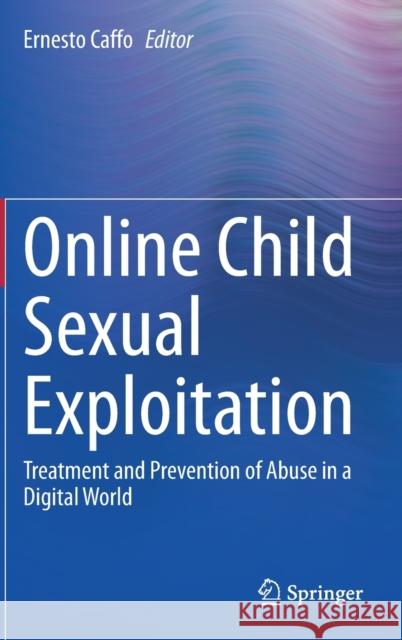Online Child Sexual Exploitation: Treatment and Prevention of Abuse in a Digital World » książka
topmenu
Online Child Sexual Exploitation: Treatment and Prevention of Abuse in a Digital World
ISBN-13: 9783030666538 / Angielski / Twarda / 2021 / 114 str.
Online Child Sexual Exploitation: Treatment and Prevention of Abuse in a Digital World
ISBN-13: 9783030666538 / Angielski / Twarda / 2021 / 114 str.
cena 644,07
(netto: 613,40 VAT: 5%)
Najniższa cena z 30 dni: 578,30
(netto: 613,40 VAT: 5%)
Najniższa cena z 30 dni: 578,30
Termin realizacji zamówienia:
ok. 22 dni roboczych
Bez gwarancji dostawy przed świętami
ok. 22 dni roboczych
Bez gwarancji dostawy przed świętami
Darmowa dostawa!
Kategorie:
Kategorie BISAC:
Wydawca:
Springer
Język:
Angielski
ISBN-13:
9783030666538
Rok wydania:
2021
Wydanie:
2021
Ilość stron:
114
Waga:
0.32 kg
Wymiary:
23.88 x 19.81 x 1.02
Oprawa:
Twarda
Wolumenów:
01
Dodatkowe informacje:
Wydanie ilustrowane











